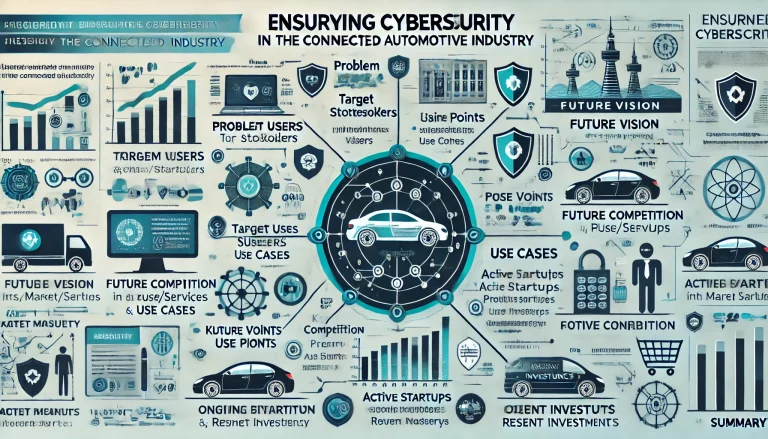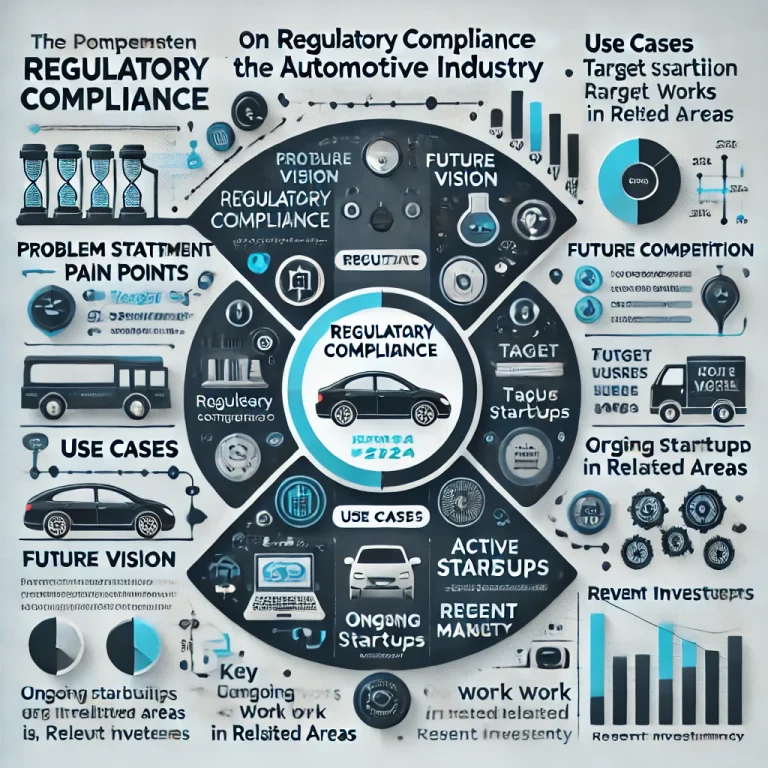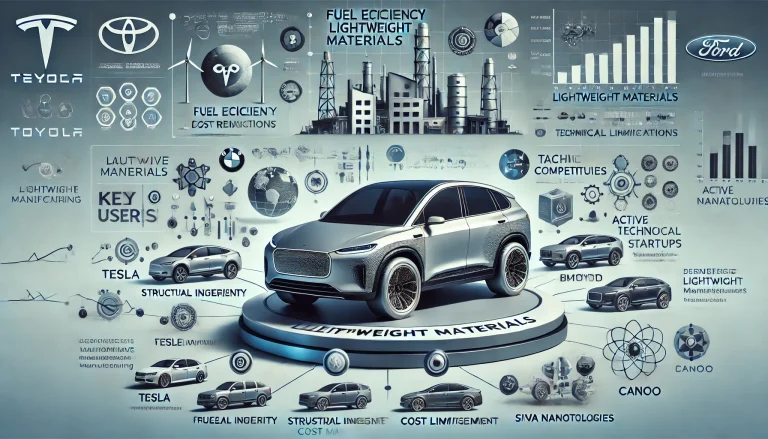Problem Statement
Designing effective and intuitive human-machine interfaces (HMI) for vehicles is essential for enhancing user experience and safety. The automotive industry faces challenges in ensuring usability, reducing driver distraction, and seamlessly integrating advanced technologies. Developing HMIs that are both functional and user-friendly is a key priority.
Pain Points
- Usability: Difficulty in creating intuitive interfaces.
- Driver Distraction: Balancing functionality without overwhelming drivers.
- Technology Integration: Seamless incorporation of new technologies.
- Safety: Ensuring safety features are prominent and easy to use.
- Customization: Catering to diverse user preferences and needs.
- Cost: High development and implementation costs.
- Consistency: Maintaining interface consistency across different models.
- Learning Curve: Reducing the time required for users to adapt.
- Connectivity: Ensuring reliable connectivity with mobile devices and networks.
- Regulatory Compliance: Adhering to safety and usability regulations.

Future Vision
The future of HMIs in vehicles involves creating interfaces that are highly intuitive, reducing cognitive load on drivers while providing essential information and controls seamlessly. Advanced AI and machine learning will tailor the interface to individual user preferences, enhancing both usability and safety. The integration of augmented reality (AR) and voice-activated controls will further streamline the user experience, making interactions more natural and less distracting. Collaboration among automotive manufacturers, technology companies, and regulatory bodies will drive innovation, ensuring that future HMIs are both cutting-edge and compliant with safety standards.
Use Cases
- Voice-Activated Controls: Hands-free navigation and media control.
- Augmented Reality (AR): Overlaying navigation information on the windshield.
- Gesture Control: Intuitive control of infotainment systems.
- Adaptive Interfaces: Customizable displays based on user preferences.
- Safety Alerts: Real-time hazard warnings and driver assistance.
- Infotainment Systems: Seamless integration of music, navigation, and communication.
- Smartphone Integration: Syncing with mobile devices for calls and messages.
- Driver Monitoring: Systems that track driver attention and alertness.
- Climate Control: Easy and intuitive adjustment of in-car environment.
- Remote Updates: Over-the-air software updates for continuous improvement.
Target Users and Stakeholders
- Target Users: Vehicle owners and drivers.
- Age Group: 20-60 years
- Gender: M/F
- Usage Pattern: Daily use for commuting, traveling, and infotainment.
- Benefit: Enhanced driving experience and safety.
- Stakeholders: Automotive manufacturers, technology providers, regulatory bodies, end-users.
Key Competition
- Tesla: Advanced touch screen and voice control HMIs.
- BMW: Gesture control and customizable displays.
- Mercedes-Benz: MBUX system with voice activation and AR.
- Audi: Virtual cockpit with extensive customization.
- Ford: SYNC system with robust smartphone integration.
Products/Services
- Tesla: Large touchscreen interfaces, voice controls.
- BMW: Gesture and touch controls, adaptive displays.
- Mercedes-Benz: MBUX with natural voice recognition.
- Audi: Virtual cockpit with dynamic information display.
- Ford: SYNC system with mobile connectivity.
Active Startups
- Nexar: Driver safety and monitoring systems.
- Aptiv: Advanced driver assistance systems (ADAS).
- WayRay: AR displays for vehicles.
- Eyesight Technologies: In-car sensing and AI solutions.
- Vayyar Imaging: 3D imaging sensors for HMIs.
- Cerence: AI-powered voice and gesture control.
- Harman: Connected car solutions and infotainment.
- Zoox: Autonomous vehicle HMI development.
- Navdy: HUD displays for enhanced navigation.
- Karma Automotive: Luxury EVs with advanced interfaces.
Ongoing Work in Related Areas
- Augmented Reality (AR): Enhancing navigation and safety features.
- Voice Recognition: Improving accuracy and natural language processing.
- Gesture Control: Developing intuitive gesture-based interactions.
- AI Integration: Personalizing user experience with machine learning.
- Safety Enhancements: Integrating advanced safety features into HMIs.
- Connectivity: Ensuring robust integration with mobile networks and devices.
- Customization: Developing adaptive interfaces based on user preferences.
- User Testing: Conducting extensive usability testing.
- Regulatory Compliance: Ensuring adherence to safety and usability standards.
- Remote Updates: Enabling over-the-air software improvements.
Recent Investment
- WayRay: $80 million in AR technology development (2023)
- Aptiv: $100 million in ADAS and HMI innovations (2022)
- Cerence: $50 million in AI-driven voice control systems (2023)
Market Maturity
The market for automotive HMIs is rapidly maturing with significant advancements in technology and growing consumer demand for intuitive interfaces. Continued innovation and investment are essential to address challenges and enhance user experience and safety.
Summary
The automotive industry is focused on developing effective and intuitive human-machine interfaces (HMI) to enhance user experience and safety. Key challenges include ensuring usability, reducing driver distraction, and integrating advanced technologies seamlessly. Innovations such as voice-activated controls, augmented reality, and adaptive interfaces are transforming the driving experience. Leading companies and startups are actively working on advanced HMI solutions, with significant investments fueling ongoing research and development. The market is maturing, with future advancements poised to make HMIs even more user-friendly and safe.



